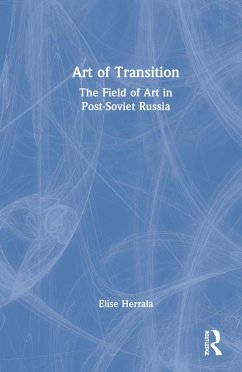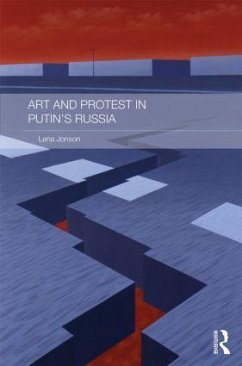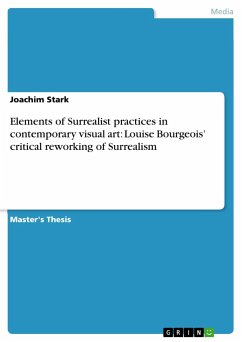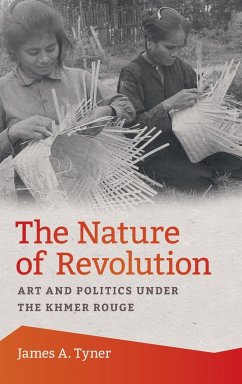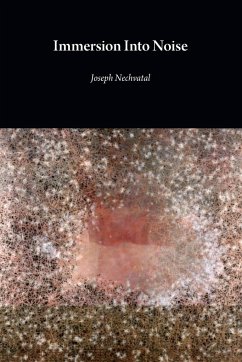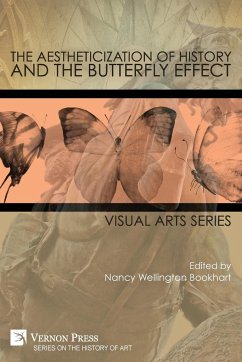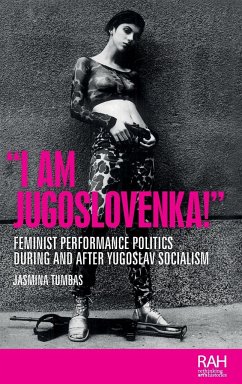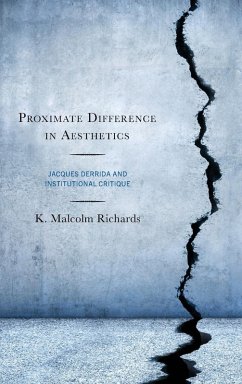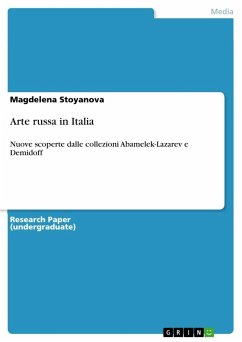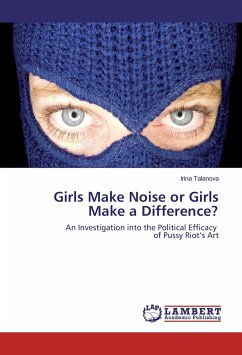
Girls Make Noise or Girls Make a Difference?
An Investigation into the Political Efficacy of Pussy Riot's Art
Versandkostenfrei!
Versandfertig in 6-10 Tagen
24,99 €
inkl. MwSt.

PAYBACK Punkte
12 °P sammeln!
The case of Pussy Riot's political art protest in Russia in 2012 builds up a contemporary media and culture phenomenon in terms of its incredible performativity, capturing worldwide attention, hitting the headlines, and growing to become an international story of human rights and freedom of artistic expression fight. The analysis of Pussy Riot's case's political efficacy and the reasons of such effectiveness is the research interest of this book. The investigation is carried out through reading the case against competing yet complementing theories of political art, and art and politics relatio...
The case of Pussy Riot's political art protest in Russia in 2012 builds up a contemporary media and culture phenomenon in terms of its incredible performativity, capturing worldwide attention, hitting the headlines, and growing to become an international story of human rights and freedom of artistic expression fight. The analysis of Pussy Riot's case's political efficacy and the reasons of such effectiveness is the research interest of this book. The investigation is carried out through reading the case against competing yet complementing theories of political art, and art and politics relationship: Jacques Rancière's defining the politics of art as dissensus - a conflict between sense and sense, Nina Felshin's explanation of political art as a force for social and political change, Peggy Phelan's commenting on feminism that closely links feminist art with political activism and highlights the key tenet of feminist art - personal is political; critical art theory of William J. Thomas Mitchell that speaks about art that enters the public sphere and functions as the public sphere space.



